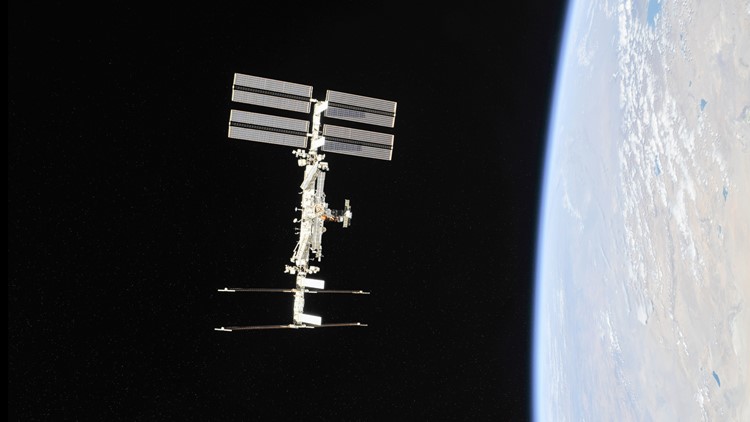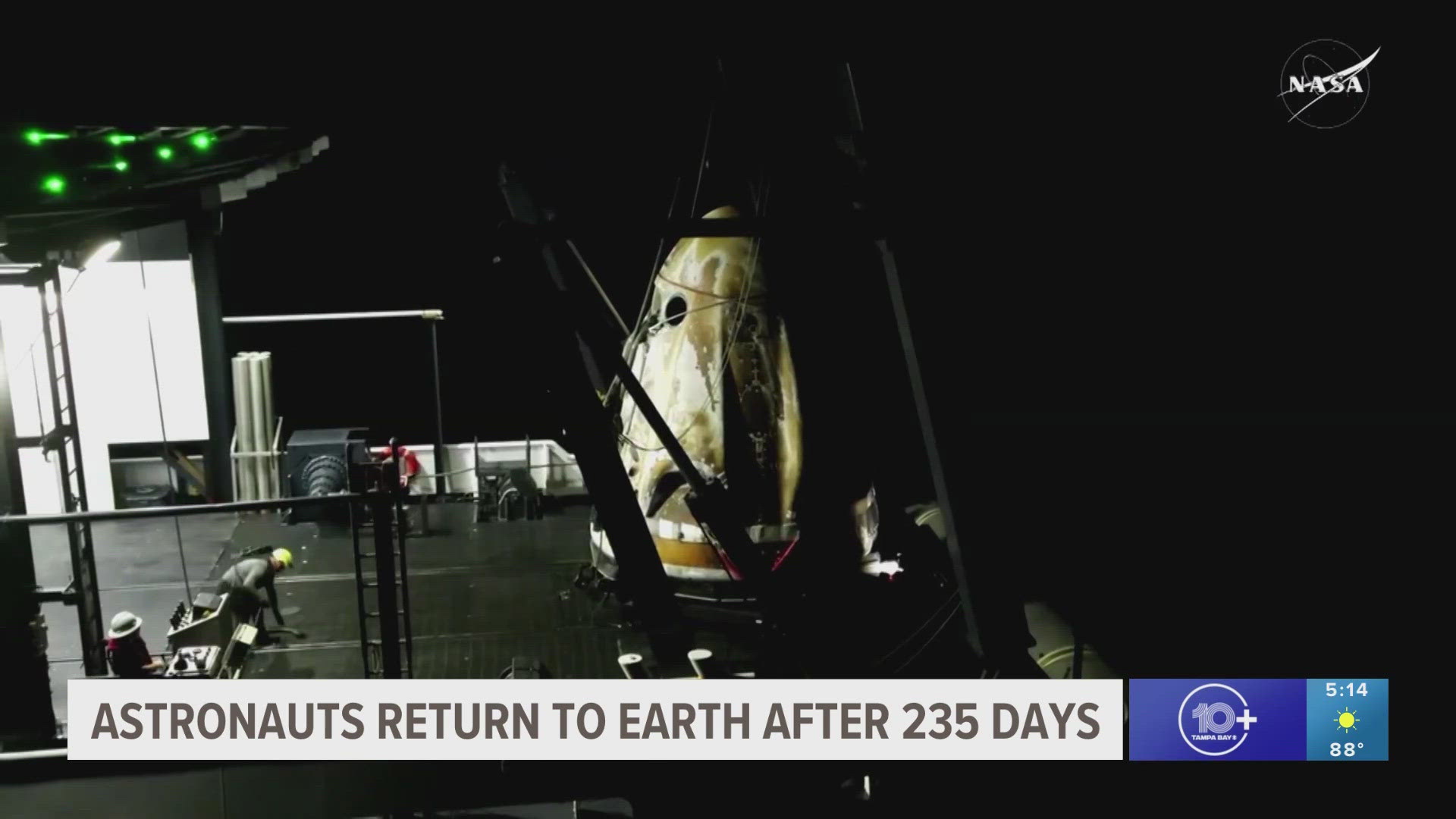ST. PETERSBURG, Fla. — The recent "unplanned firing" of Russia's new Multipurpose Laboratory Module shifting the International Space Station out of orientation might have you asking: What happens during an emergency on the orbiting laboratory?
Turns out if astronauts onboard the ISS ever needed to quickly escape they could via "lifeboats." Otherwise known as the capsules that gave them a ride to the space station in the first place.
During a July 29 press briefing, Steve Stich, NASA's Commercial Crew Program manager said in the event of an emergency spacecraft like the Dragon capsule could be powered up within minutes.
RELATED: Starliner launch delayed after 'unplanned firing' of Russian module puts ISS out of orientation
"Should they ever need to get in Dragon and depart for whatever reason, they could get in that spacecraft and they can power it up on their own very quickly," he said.
Astronaut suits are also kept inside each crew's capsule during the duration of their stay at the ISS, allowing for convenient and quick suiting up in these instances.
"It was designed with these kinds of contingencies in mind," Stich added.
On top of that, NASA says its flight control team trains regularly on different contingencies to always be prepared to respond no matter how rarely an emergency situation arises.
The International Space Station has had some close calls in the past. Back in 2015, crew had to move into the Soyuz docked at the time after a close call with space debris.
It was the fourth time in the orbiting laboratory's history that crew needed to make such a move due to a potential collision with space debris, according to NASA.



